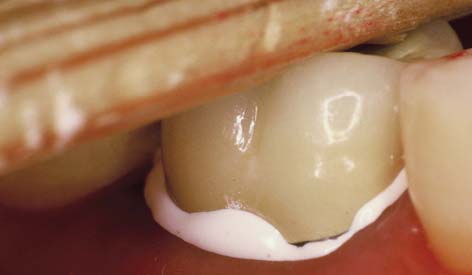So, you are ready to start your crown work for the patient who is eagerly waiting to regain the lost functional ability, phonation and aesthetics. The functional ability, aesthetic value, speech enhancement and self-confidence of the patient will enhance when you look for the following anomalies in the oral cavity and rectify them, before the commencement of the crown preparation. You can make your crown & bridge without giving a dam for these factors, and get the quick bucks. But, it would be a good idea to consider them before you jump on for crown preparation part. And believe me, in long run, you will gain the faith of your patient, converting into your most reliable source of referral and image builder. These factors are given below:
- General overall health of the oral cavity
- Expectations of the patient
- Extremely tilted teeth
- Mobile teeth
- Type of occlusion
- The type of crown you want to fabricate for your patient
When we start examination, we look for the general health of the oral cavity. Is it healthy? Does the oral hygiene acceptable? Does the periodontal status of the tooth concerned adequate? Is the tooth tilted, rotated, supra or infra erupted? Does the patient need oral prophylaxis? What are the other systemic diseases the patient is suffering with; for example, cardiac, endocrine, orthopaedic, and physiological? If any of the answer is yes, then the dentist needs to take care of them first, before the commencement of the crown preparation. Of course, few chronic diseases cannot be cured but they should be kept under control by the patient’s’ physician.
That preparatory phase, the phase that involve the work done inside the mouth so that the longevity of the prosthesis remains satisfactory, includes the scaling and root planing, the removal of hopeless mobile teeth, orthodontic correction of tilted tooth, and occlusal surface adjustment of the supra erupted tooth. The other decayed teeth should be appropriately restored.
You should also know that what type of crown you plan to provide or what type of crown the patient is wishing for? What are the expectations of the patients from a particular type of crown? Will the patient understand the significance of the particular type of crown? Does patient understand the inherent drawbacks of that particular crown? Does patient know and ready to accept the post insertion maintenance care?
The other consideration is the type of occlusion in a patient. Is it canine protected or group function? Will you be needing to alter it for the betterment of the function and longevity? Does patient has any TMJ issue?

